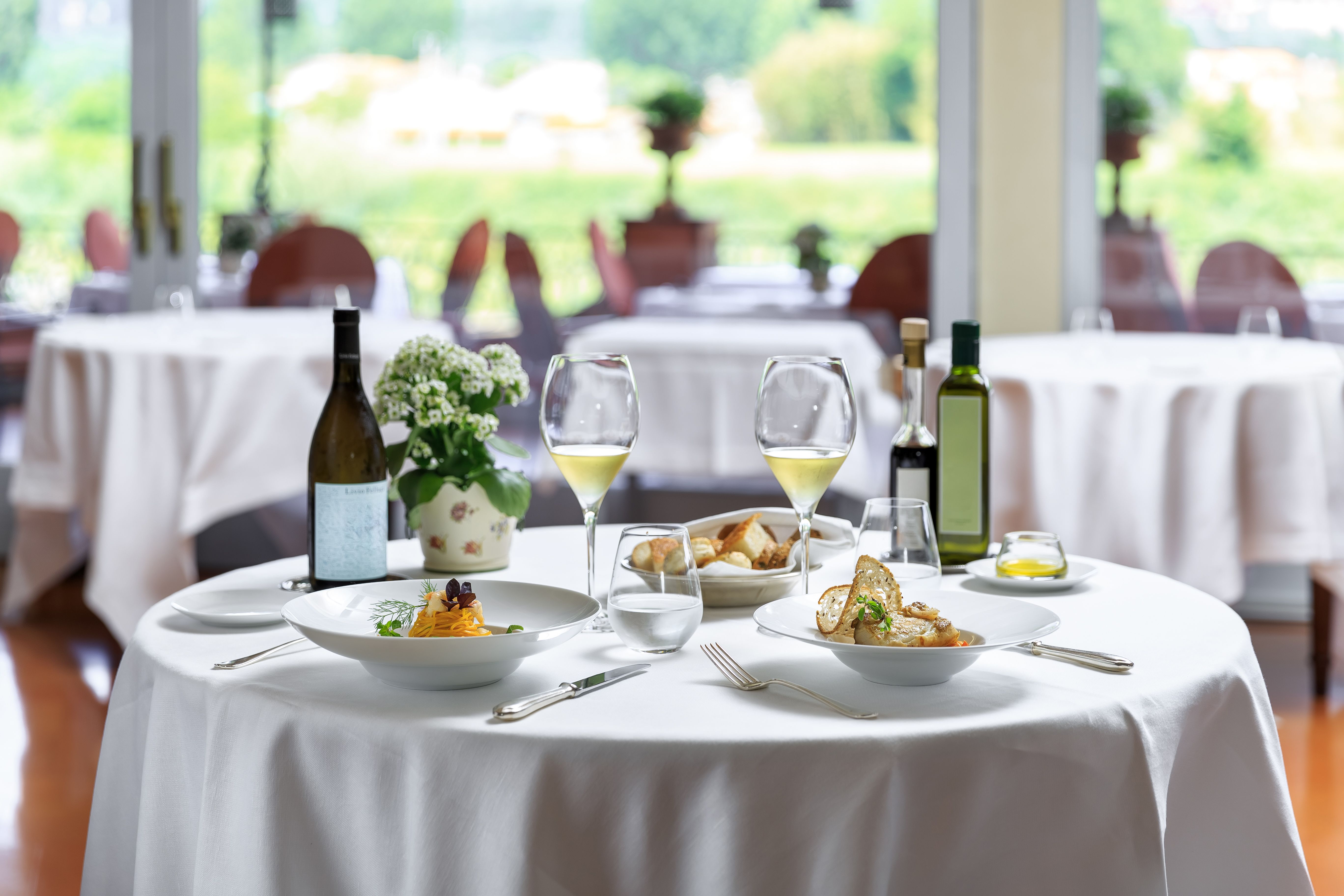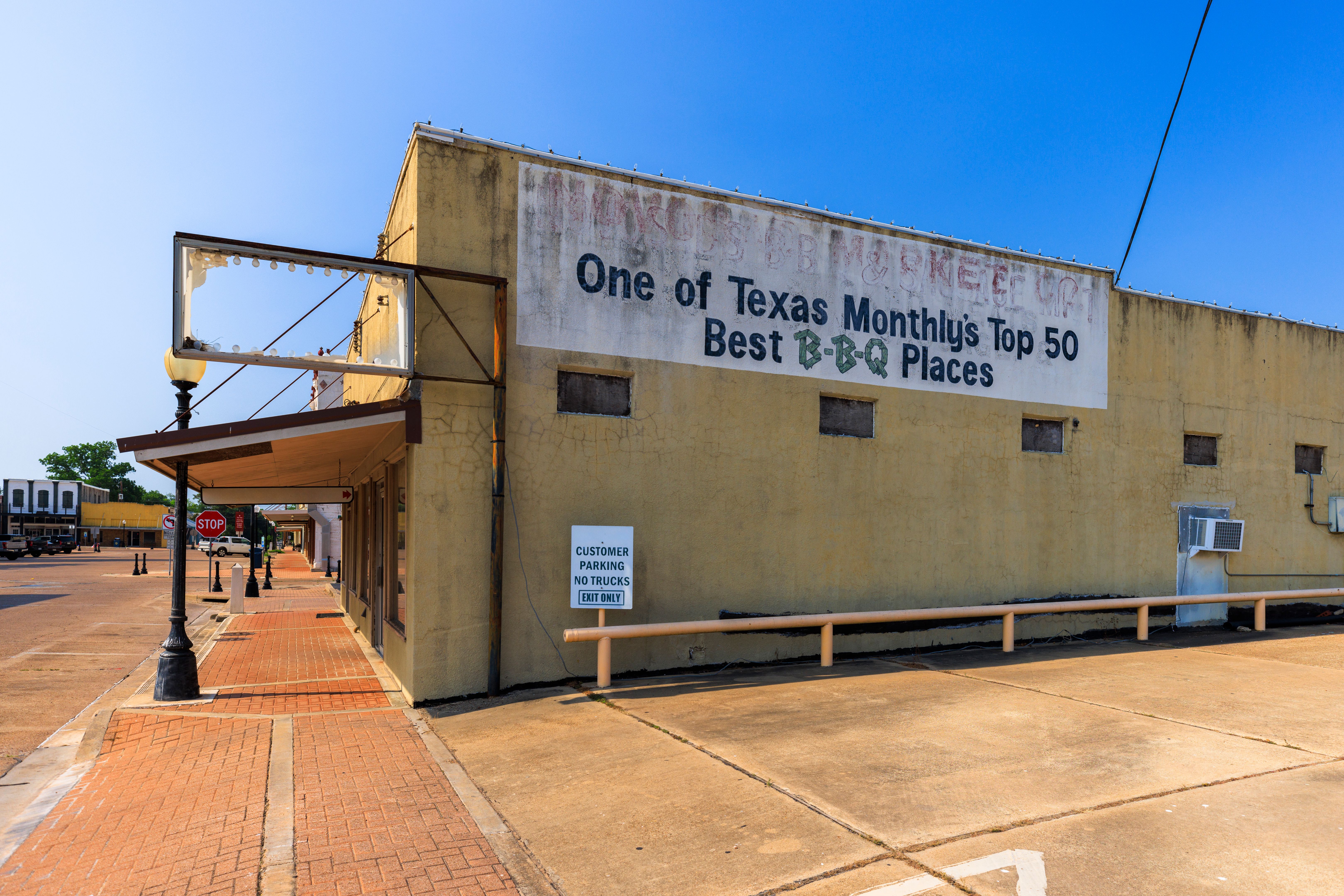Why Menu Design Matters in Hotels
The Importance of Menu Design in Hotels
Menu design plays a crucial role in the hospitality industry, particularly in hotels, where guests expect a seamless and enjoyable dining experience. A well-crafted menu not only reflects the quality and character of the hotel's restaurant but also enhances guest satisfaction. Understanding the key elements of effective menu design can significantly impact a hotel's overall success.

First Impressions Matter
When guests dine at a hotel restaurant, the menu is often their first point of contact. It's essential that this initial interaction is positive and engaging. A thoughtfully designed menu can set the tone for the entire dining experience, creating an inviting atmosphere that encourages guests to explore the offerings. The visual appeal of the menu, including its layout, color scheme, and typography, can make a lasting impression.
Beyond aesthetics, the organization of the menu is vital in guiding the guest's decision-making process. A well-structured menu allows customers to easily navigate through various sections, such as appetizers, main courses, and desserts. This not only enhances the dining experience but also helps to highlight signature dishes and specials.
Influencing Guest Choices
Menu design is a powerful tool for influencing what guests order. Strategic use of descriptive language and imagery can entice diners to try new or higher-priced items. Descriptions that evoke sensory experiences can make dishes more appealing, while professional food photography can showcase the quality and presentation of the cuisine.

Additionally, highlighting chef recommendations or seasonal specials with visual cues or icons can draw attention to these options. By guiding guests toward particular choices, hotels can increase revenue and improve customer satisfaction by ensuring that diners enjoy their meals.
Enhancing Brand Identity
The design of a hotel's menu should align with its overall brand identity. Whether it's a luxury resort or a boutique hotel, the menu should reflect the style and ambiance of the establishment. Consistency in branding reinforces recognition and loyalty among guests.
For example, a minimalist menu design might suit a modern, upscale hotel, while a more rustic design could complement a countryside inn. Fonts, colors, and imagery should all work together to convey the hotel's unique character and values.

Practical Considerations
Beyond aesthetics and branding, practical aspects of menu design are equally important. Menus should be easy to read, with clear font sizes and sufficient contrast between text and background. Accessibility considerations, such as providing Braille menus or digital versions for mobile devices, demonstrate inclusivity and enhance the guest experience.
Menus should also be durable and easy to clean, especially in high-traffic hotel restaurants. Consider using materials that withstand frequent handling while maintaining a polished look.
Adapting to Trends
Finally, staying attuned to current dining trends can keep a hotel's menu relevant and appealing. Incorporating health-conscious options or showcasing local ingredients may resonate with guests seeking unique culinary experiences. Flexibility in menu design allows hotels to adapt to evolving guest preferences and seasonal changes.
In conclusion, menu design is more than just an aesthetic choice; it's a strategic component of a hotel's dining experience. By investing in thoughtful menu design, hotels can create memorable dining experiences that delight guests and drive business success.
